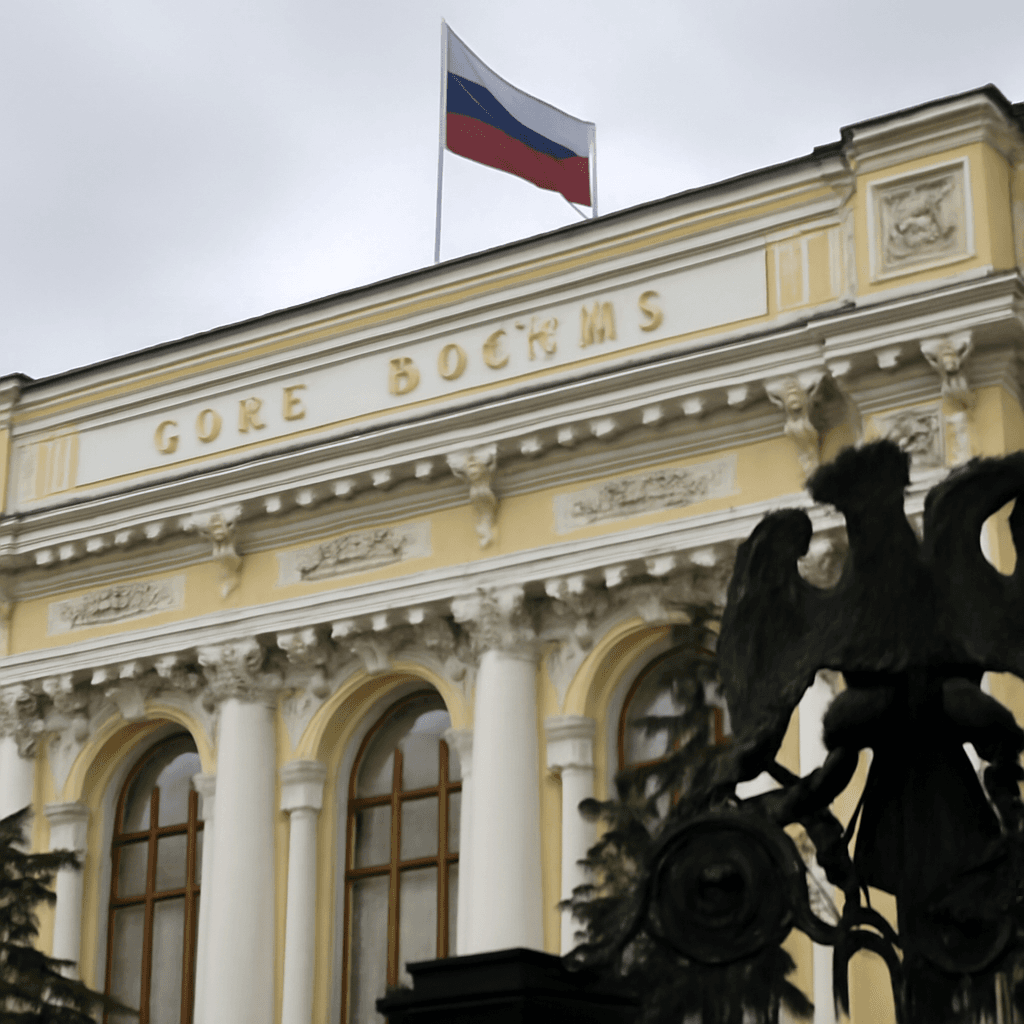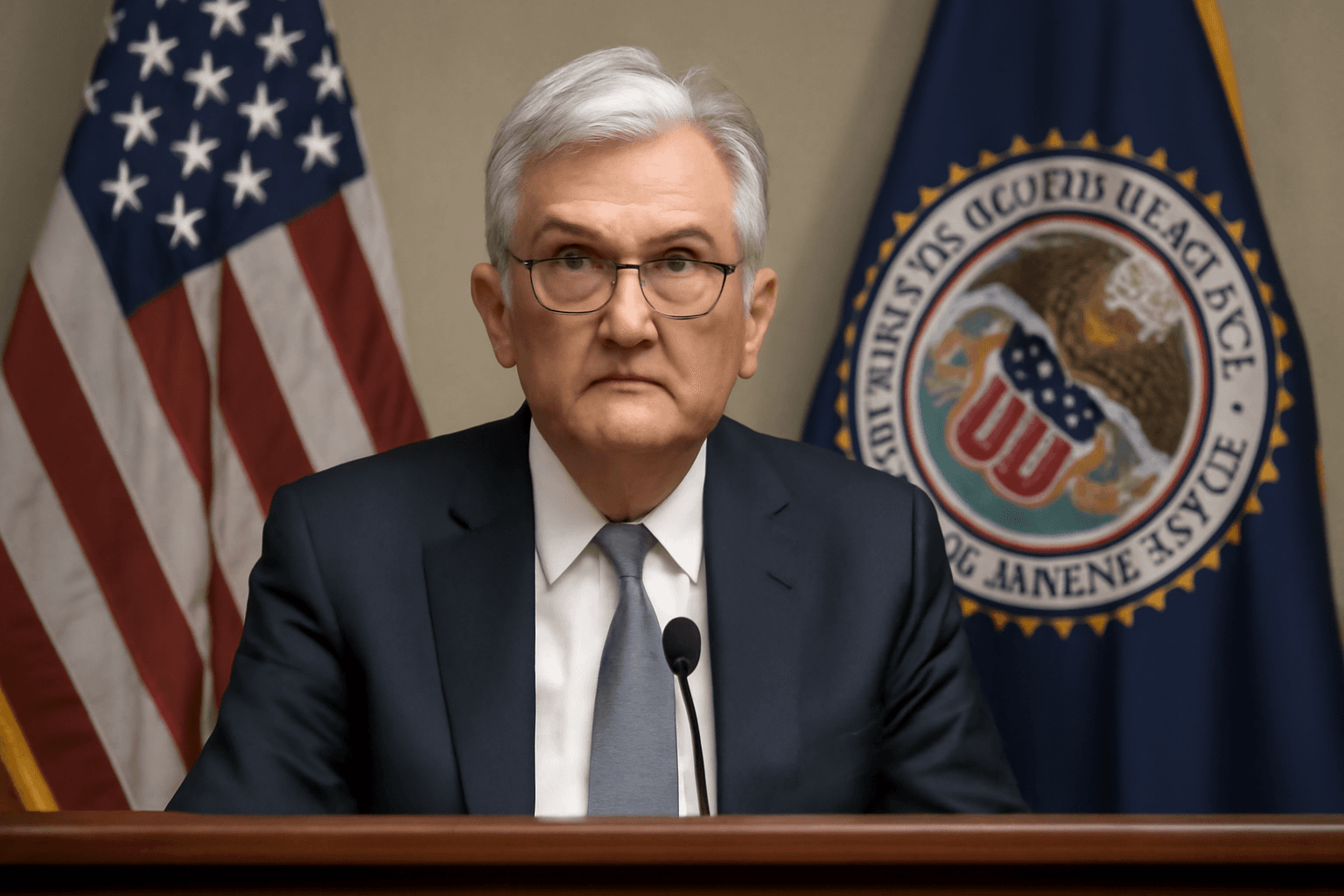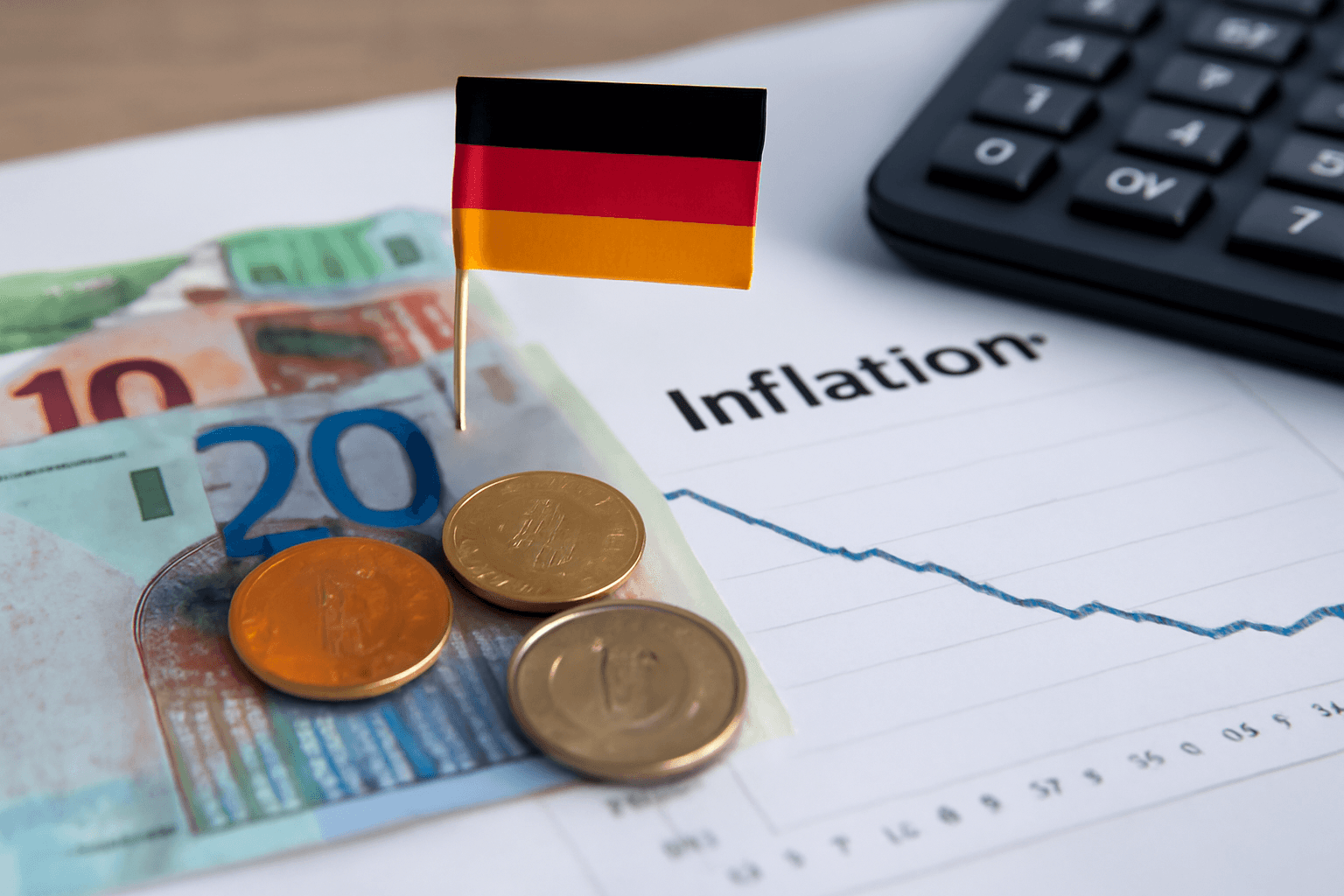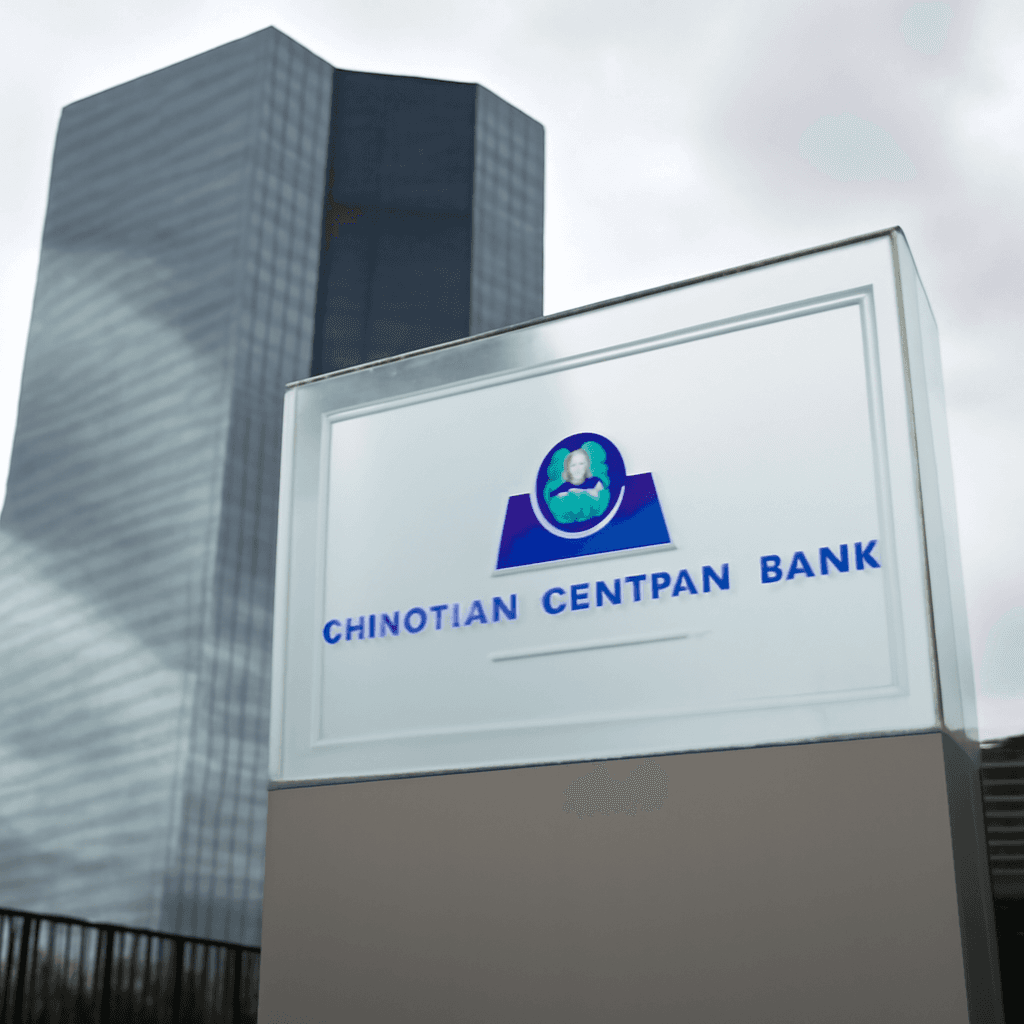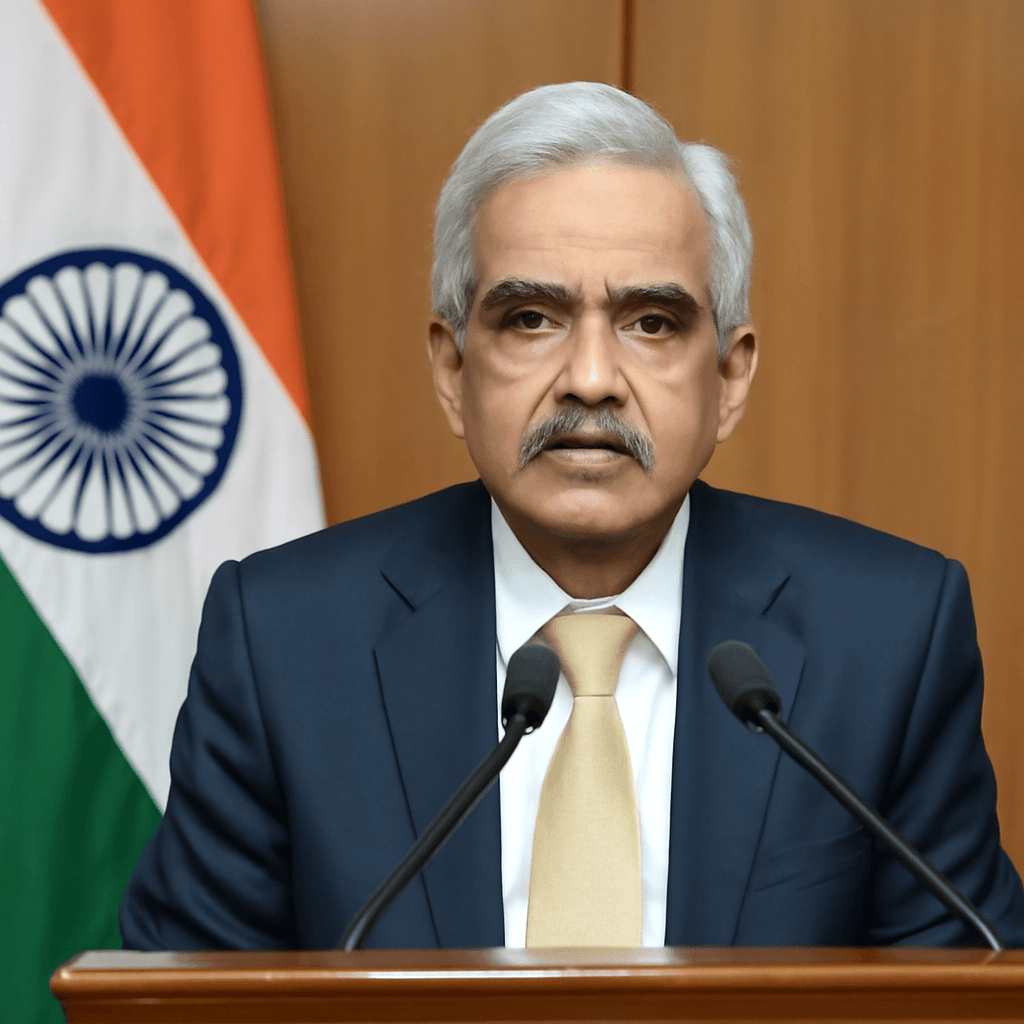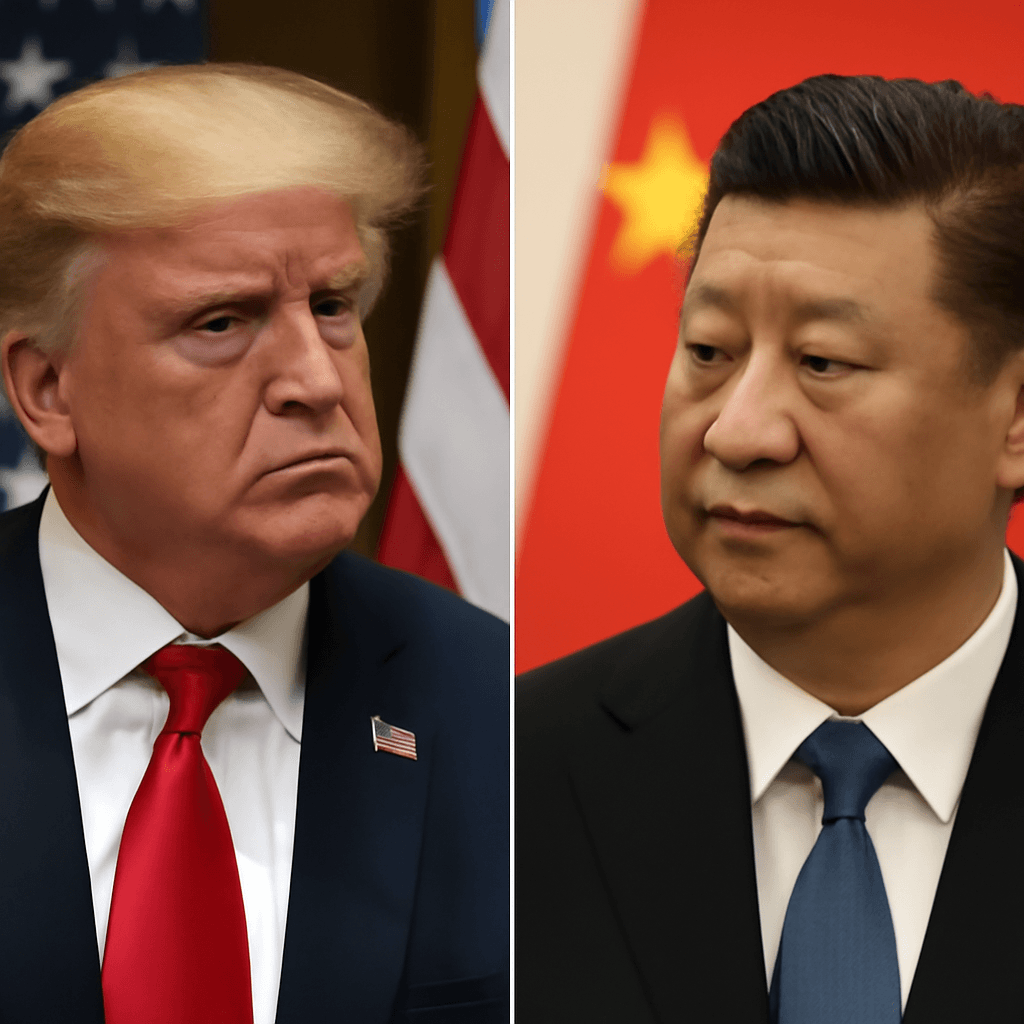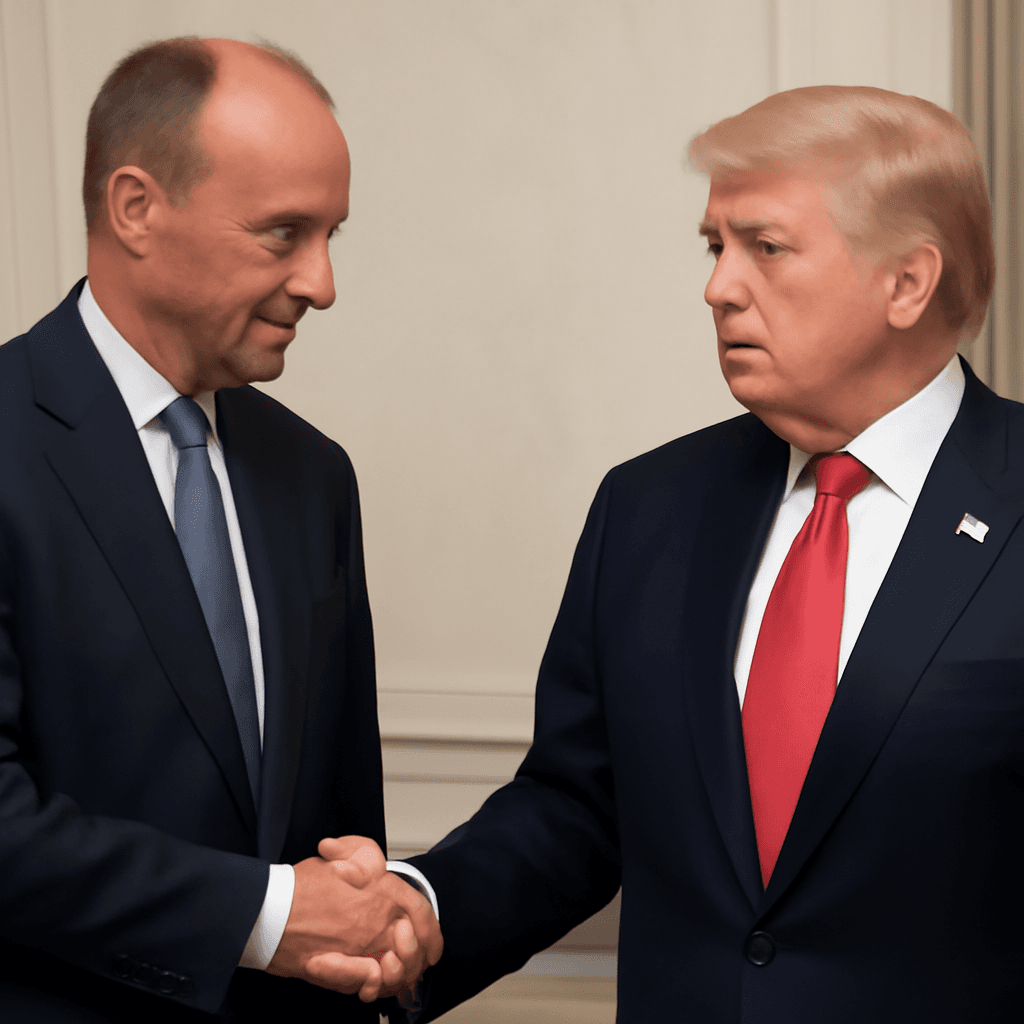Russia's Central Bank Reduces Interest Rate for First Time Since 2022
In a significant monetary policy shift, Russia's central bank has lowered its key interest rate from 21% to 20%, marking the first reduction since September 2022. This move reflects the gradual easing of inflationary pressures that have challenged the economy since the war impacted global and domestic markets.
Current Inflation and Economic Dynamics
As of April, the inflation rate in Russia has declined to 6.2%, showing improvement from the average of 8.2% observed in the first quarter of 2025. Despite this progress, the central bank emphasized that domestic demand continues to outpace supply capabilities, necessitating ongoing cautious monetary policies.
"The Russian economy is gradually returning to a balanced growth path," stated the Bank of Russia, which also reaffirmed that interest rates would remain elevated for an extended period to bring inflation back to the target level of 4%.
Impact of the Ukraine Conflict and Economic Adjustments
The economic strain on Russia intensified following its full-scale military operation in Ukraine starting February 2022. The conflict led to supply chain disruptions and spikes in import costs, prompting the country to adapt its economic strategies significantly.
While early 2025 saw hopes for a diplomatic resolution that could stabilize the region, those prospects have diminished. Despite ongoing geopolitical tension, the Russian ruble has shown resilience, maintaining relative strength in currency markets.
Currency and Market Reactions
According to financial analysis, the ruble's stability is attributed to strict capital controls, proactive monetary tightening, and a general weakening of the U.S. dollar. Following the rate cut announcement, the dollar strengthened by 2.72% against the ruble.
This adjustment reflects a cautious optimism in Russia's economic trajectory amid challenging global conditions, signaling a potential shift towards normalized fiscal policies if inflation continues to ease.

